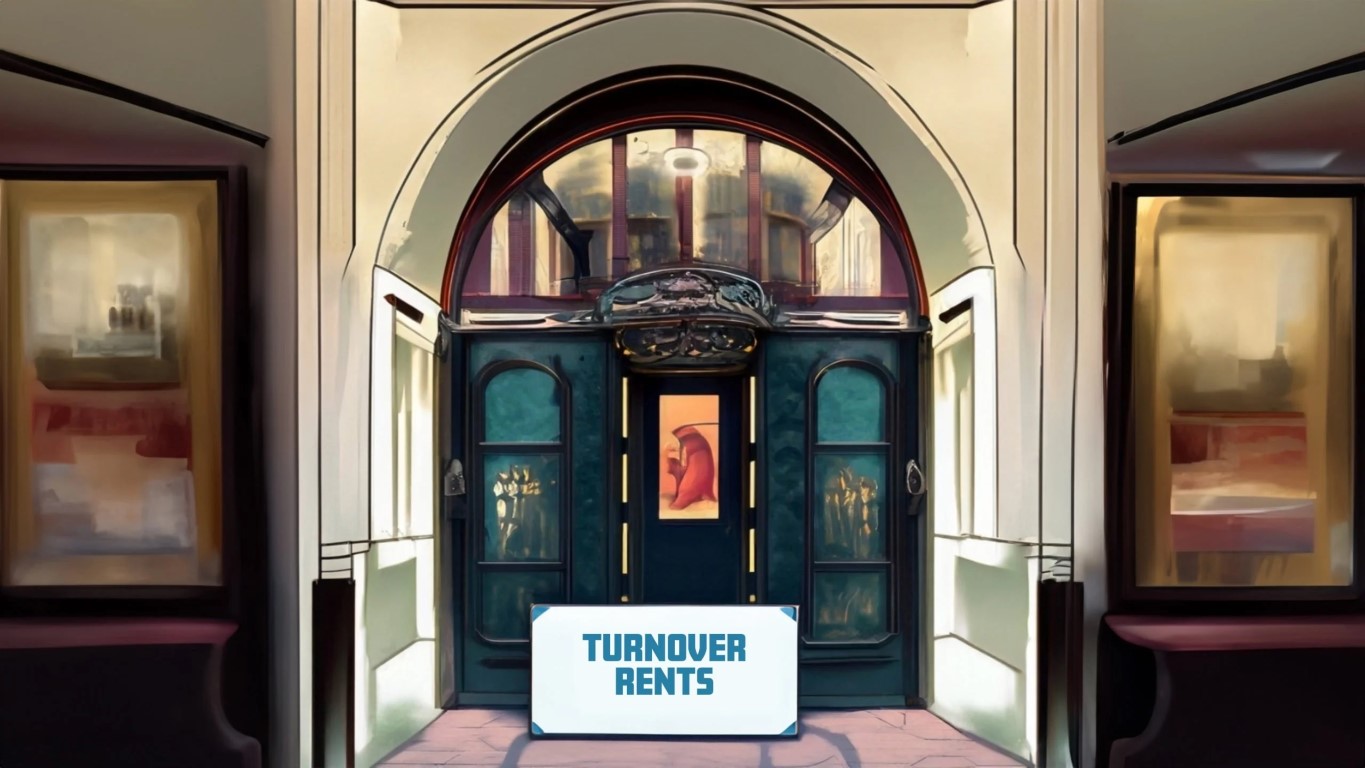In the ever-evolving world of commercial real estate, the content and form of leases are constantly adapting to meet the changing needs and challenges faced by both landlords and tenants. One such adaptation that has gained momentum in recent years is the increased use of turnover rents.
Turnover rent provisions which were traditionally limited to outlet centres such as Bicester Village are now appearing increasingly in general retail contexts, and, in particular, for retail and restaurant leases.
The increasing popularity of turnover rent arrangements is due to a number of factors, including the rise of online shopping and the impact of the COVID-19 pandemic which has caused a shift in consumer behaviour.
What Is Turnover Rent?
Turnover rent is an arrangement where the tenant pays usually pays a base rent along with a percentage of their gross revenue as rent to the landlord.
In traditional lease agreements, a tenant pays a fixed amount of rent, regardless of the success or failure of the tenant’s business.
However, turnover rents tie the rent amount directly to the performance of the tenant’s business. This makes for a more flexible and dynamic arrangement, with a tenant’s rent payments fluctuating in line with sales/turnover.
Benefits Of Turnover Rents For Tenants
There are a number of potential benefits to turnover rents for tenants, including:
- Reduced costs: turnover rents can help tenants to reduce their costs, particularly during times when sales are low.
- Increased flexibility: turnover rents can give tenants more flexibility, as a portion of the rent payable is directly linked to the tenant’s turnover.
- Shared risk: Turnover rents share the risk of business fluctuations between the tenant and the landlord.
Benefits Of Turnover Rents For Landlords
There are also a number of potential benefits to turnover rents for landlords, including:
- Increased income: Turnover rents can help landlords to increase their income, particularly if the tenant is successful.
- Alignment of interests: Turnover rents align the interests of the tenant and the landlord, as both parties benefit from the success of the business. Both parties are invested in the business’s success at the property; if the business of the Tenant does well, the tenant benefits from higher turnover, and the landlord benefits from higher rent receipts.
- Reduced risk of vacant properties: Turnover rents can help to reduce the risk of vacant properties, as landlords are more likely to retain tenants who are paying a rent that is linked to their turnover.
Challenges Of Turnover Rents
There are also a number of challenges associated with turnover rents, including:
- Complexity: Turnover rents are more complex to negotiate and administer than traditional leases with a fixed rental income. Some of the most challenging aspects of turnover rent leases involve the details. For example, how will online sales, click and collect, Deliveroo and UberEATS orders and showroom stores be handled? How will the tenant report store figures to the landlord? Will the tenant need to hire external auditors to prepare and submit an audited turnover certificate? It is important for both landlord and tenants to have a clear and unambiguous definition of turnover in the lease.
- Potential for disputes: There is always the potential for disputes between tenants and landlords over the calculation of turnover and the payment of rent, particularly in relation to what is included within the definition of turnover. In general, turnover refers to gross revenue, not profit. This includes all payments received at the premises, including from concessions, subtenants, and ancillary charges such as delivery and postage. The full sale value of items sold at a discount to staff or rewarded to customers is also included. VAT, other sales taxes, and customer refunds are typically deducted from turnover.
- Cooperation: making a turnover arrangement work will a landlord and tenant to liaise with each other in relation to the submission of turnover figures throughout the term of the lease
- Impact on property values: Turnover rents can make it more difficult to value commercial properties, as the rental income is not fixed.
- Other Lease Clauses: Turnover rent provisions are often seen as separate from the rest of the lease, but they can impact other clauses, such as keep open obligations, landlord termination rights, and reversions to a fixed rent if the lease is transferred to a new tenant.
Conclusion
Overall, turnover rents can be a beneficial option for both tenants and landlords. However, it is vital to be aware of the challenges involved before entering into a turnover rent lease and ensure that the turnover rent provisions within a lease are considered very carefully.
To discuss any of the points raised in this article, please contact Mark Cornelius or fill in the form below.









